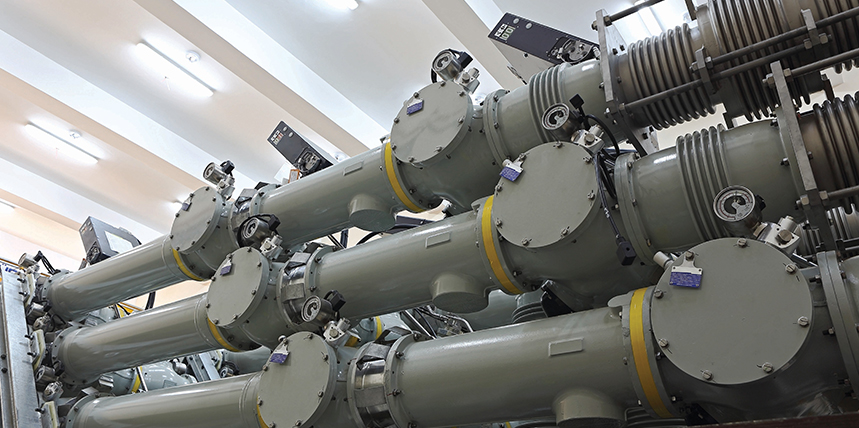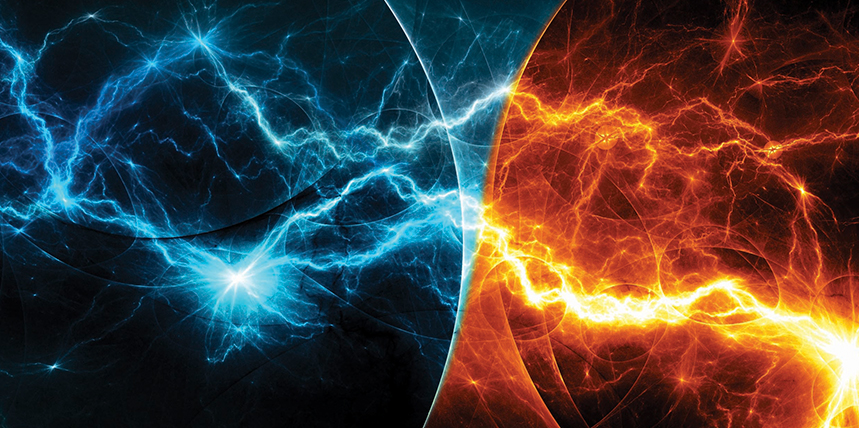Mentoring has been a critical and foundational component in the electrical sector since its beginning. The basic tenants of electrical tradesperson apprenticeships and electrical engineers in training has always been coaching and mentoring by those with the interpersonal skills, relevant expertise, and knowledge to be able to pass it on. The electrical sector has always taken particularly great pride in …
Battery Safety
It’s happened to nearly everyone. You go to use a simple electrical device…a flashlight, a voltmeter, a TV remote, or a child’s toy…and the battery is dead. It has become exhausted and must be replaced. Or worse, you open the device to find that the battery has corroded, possibly damaging or even destroying the contacts. In some critical respects, essentially …
Improved Method for Safe Timing Measurement of GIS Circuit Breakers
In gas-insulated substations (GIS), the high-voltage elements, including conductors, circuit breaker interrupters, switches, current transformers (CTs), and voltage transformers, are encapsulated in SF6 gas inside grounded metal enclosures.[1] For that reason, direct access to circuit breaker (CB) main circuit terminals for testing purposes is not possible. The inaccessibility of main circuit terminals requires several actions to be taken before conducting …
Don’t Have a Blast! Best Practices for Arc-Flash Mitigation
Arc-flash reduction methods must be considered prior to working on energized electrical equipment for personnel safety. The idea behind energy reduction is to place energized electrical equipment in a state where less arc energy is available when an arcing fault occurs. These techniques range from the obvious (de-energize!) to more complex and costly engineering solutions. NEC Article 240.87-2011, initially titled …
A Reliable Arc-Flash Protection System
An electric arc or arc flash occurs when a high voltage causes ionization of a gas — for example, air. Ionization turns an ordinarily nonconductive gas into conductive gas that can carry a sustained current. The color of a typical arc flash in air is very distinctive. This is because air is composed of 21% oxygen and 78% nitrogen; oxygen …
Turning the Corner on Cyber-Secure Protection Testing
Matters of NERC PRC and NERC CIP compliance intersect during protection system testing on substation networks. In the modern regulatory environment, the benefits of computer-based relaying are challenged by the costs of cyber security and disrupted or insufficient relay testing practices. The way forward demands interconnected data and the ability to track critical metrics automatically. Organizations can modernize while ensuring …
Quick Guide to Discharge Testing
Batteries serve as the main source of power in a substation in the event of an AC outage. They power critical loads and equipment like relays, indicator lamps, circuit-breaker control, motor operators, SCADA, event recorders, etc. As the battery is truly put to the test only during an outage, it is important to monitor battery health on a regular basis …
What Is This NERC?
We find ourselves in a time where everyday life has become principally reliant on the uninterrupted supply of electricity. Powering our homes, sustaining mass transit infrastructure, and keeping the lights on at our healthcare facilities are prime examples of the importance reliable power holds to our way of life. But as our demand for electric power is ever-growing, our requirement …
Protecting Wind Turbines Through Effective Grounding
The share of wind power in total electric power generation is expected to increase, and with that comes a requirement for this carbon-free source to be more reliable. The wind turbine, which is the most important component of a wind power system, is exposed to harsh environmental conditions and electrical transients such as lightning strikes. Naturally, understanding the lightning protection …
Applying NFPA 70E and CSA Z462 to Renewable Energy Power Generation
The growth in renewable energy power generation will continue into the future. What has been lacking is focus on the electrical hazards in construction and fabrication, commissioning, operation, and maintenance. However, requirements in NFPA 70E, Standard for Electrical Safety in the Workplace and CSA Z462, Workplace electrical safety Standard do apply to renewable power generation. ARC FLASH AND SHOCK HAZARDS …









